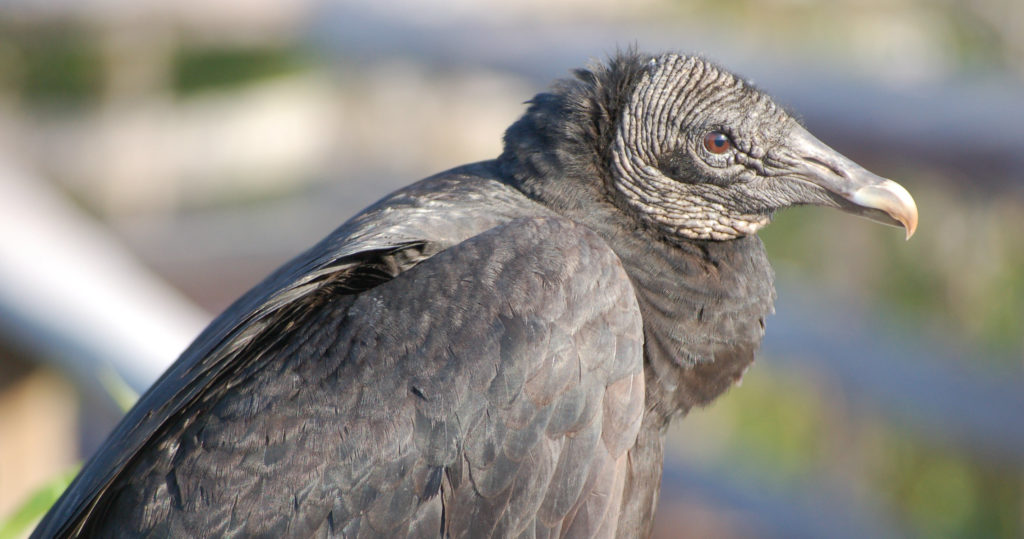Objectives
Materials
Key Questions
-
Which specialization was your favourite? Why?
-
What may be a disadvantage to a certain specialization (when their habitat is threatened or prey disappear can they move to/survive in a new place)?
What To Do
Preparation
- Hook up the computer to the computer speakers and to the LCD projector. Lower the screen on which the videos will be projected, if using a screen.
- Test to ensure Internet connectivity.
- Test to ensure that there are no broken links in the list below.
Demonstration
- Introduce the animal and its special feature.
- Click on the link in this document to access the feature.
- Show the class the video of the animal’s feature in action. Ask the students to write the name of the animal, the special feature they see, and a description of how that animal uses that special feature.
Owls
Many owls have unequal or asymmetrical ears (i.e. the left ear hole is higher than right ear hole). This gives owls the ability to hunt in complete darkness as they are able to pinpoint exactly where their prey is.
You Tube | BBC Wildlife | Sophisticated Sonar of Wild Owls Hunting in the arctic forest
Hagfish
Hagfish can secrete a substance that reacts with salt water to form thick, gel-like mucus. This mucus is so thick that it suffocates the hagfish’s predator. To escape from its own mucus trap, the hagfish ties itself in a knot and removes all the mucus by sliding the knot down the length of its entire body!
Creature Cast | Hagfish | The Art of Knotting
Bird of Paradise
This bird of paradise has a very elaborate mate attraction regime!
You Tube | BlackTree TV | The Mating Dance — A Must See!
Feather Stars
Feather stars are amazing sea creatures that are related to sea stars and sea urchins and have an interesting way of moving about.
You Tube | Frankhau | Feather Star
Flying Fish
Can you think of an animal that spends most of its time underwater but can also fly? Flying fish are fascinating creatures that can swim and fly!
You Tube | Life — Flying Fish
Deep Ocean Animals
We have only explored a tiny fraction of the ocean floor. What kinds of conditions exist at the bottom of the ocean?
You Tube | BBC Wildlife | Blue Planet | Fangtooth in the Abyss
Extensions
-
Research more videos of amazing animals doing amazing things with their specializations! Choose one and present it to the rest of the class.
-
Show students pictures of unique animals in their environments. Ask them to speculate on the function behind unique features.
Other Resources
Les animaux extraordinaires | French language version of this resource


 copy.jpg)